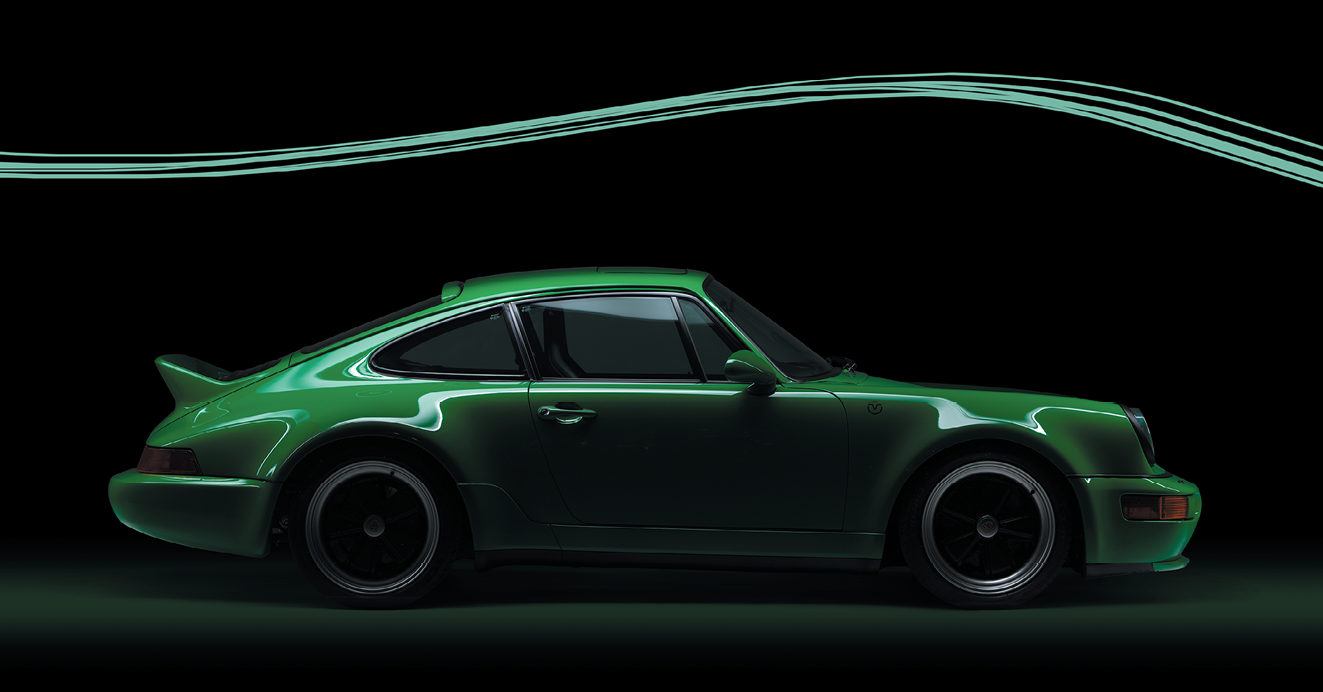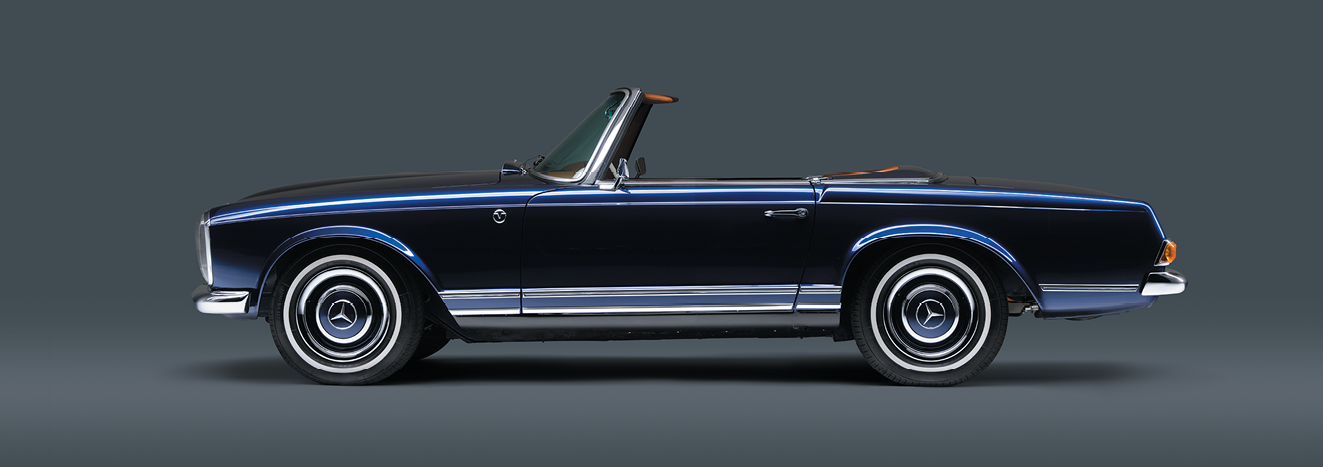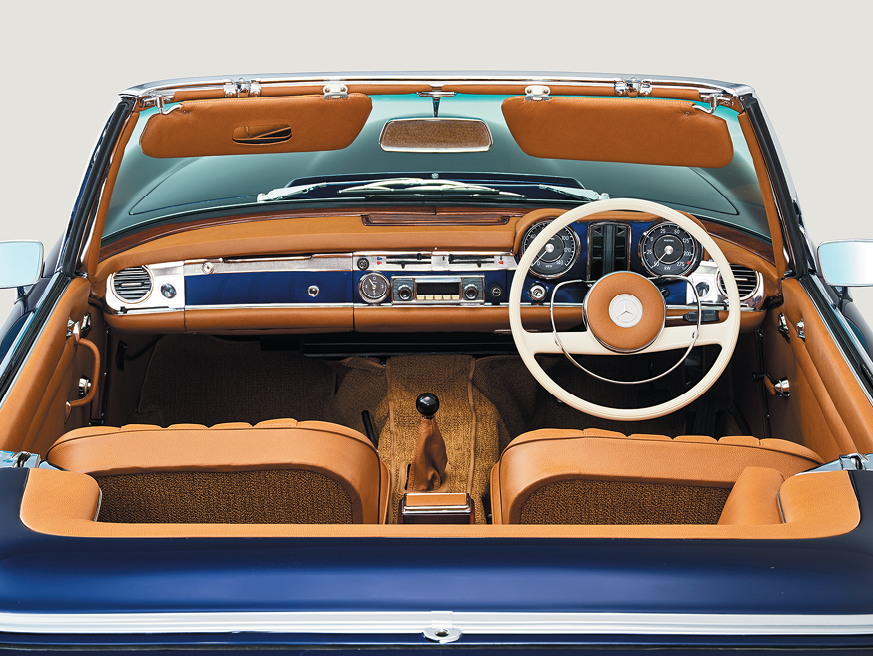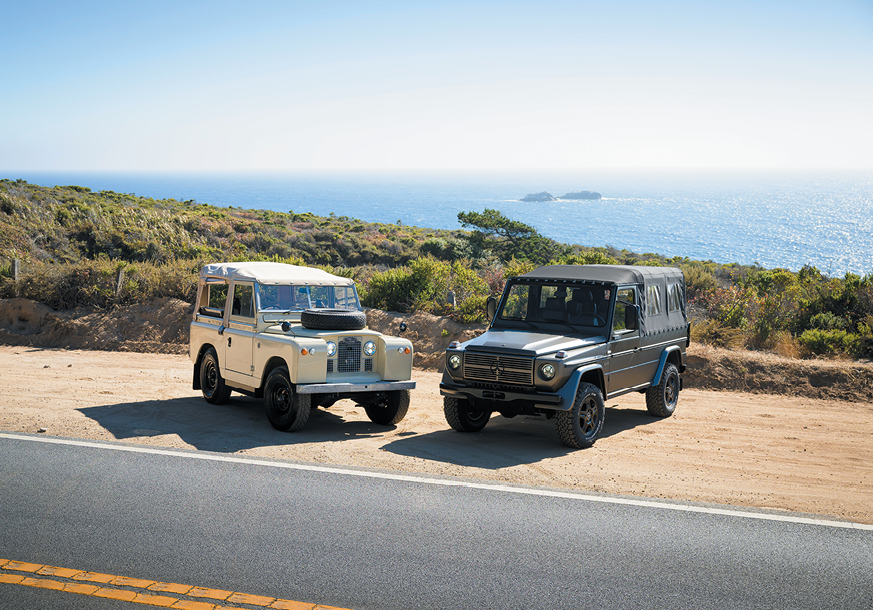- Home
- Media Kit
- MediaJet
- Current Issue
- Past Issues
- Ad Specs-Submission
- Reprints (PDF)
- Photo Specifications (PDF)
- Contact Us
- PRIVACY POLICY
- TERMS OF USE
![]()
ONLINE
![]()
ONLINE

Electrifying Icons
Editors’ Note
A lifelong car enthusiast and serial entrepreneur, Justin Lunny has spent over 30 years at the intersection of technology, innovation, and business. With a background spanning fintech, automotive, education, and sustainability, he has co-founded and scaled multiple global ventures. Driven by a passion for design, performance, and sustainability, Lunny founded Everrati to redefine iconic cars, creating zero-emission vehicles that are more powerful, rewarding, and timeless than ever before. His vision is to establish Everrati as the global leader in sustainable, electrified classics, merging cutting-edge technology with the artistry of automotive history.
Company Brief
Everrati (everrati.com) was launched with the vision of restoring iconic models from an earlier era and redefining them to electric propulsion. Everrati’s model line-up consists of electric versions of the Porsche 911 (964) Coupe, Targa, Cabriolet in Pure, Signature, Gulf Signature and RSR-inspired Editions, ST-inspired G-Series, Land Rover Series IIA, Range Rover Classic, Land Rover Defender, GT40 in partnership with Superformance including officially licensed Gulf Edition and Mercedes-Benz W113 SL ‘Pagoda.’ Everrati designs, develops, and builds its cars from a bespoke facility in Upper Heyford, Oxfordshire. Everrati restores and modifies existing classic and iconic cars for its customers to enable them to be used and enjoyed in a low carbon world. Everrati does not manufacture vehicles. Everrati is not sponsored, associated, approved, endorsed, nor, in any way, affiliated with the manufacturers of the cars they restore.

Everrati Viper
Where did you develop your passion for cars?
I can’t remember a time when I wasn’t passionate about cars. It’s always been there; part of my DNA, really. Growing up, I was fascinated by the beauty, the sound, the engineering. My uncle was a major influence; he was the person I’d talk to about cars endlessly, and we’d go out driving together whenever we could. He owned a Mercedes-Benz SL which undoubtedly influenced my fascination with Pagodas from an early age. Even as my professional path led me into technology and fintech, cars remained a constant. They were where I’d invest my energy and enthusiasm outside of work, always finding a way to justify a new car or project. That passion never faded, and eventually I found a way to bring it into the center of what I do. Everrati was born from that intersection – a deep love of automotive heritage, and a firm belief in the power of technology to shape a more sustainable future.
Will you discuss your career journey?
I started my career in the tech and fintech space, building and scaling companies focused on data and digital infrastructure. I was fortunate enough to lead a number of successful ventures, and after selling my last company in 2016, I had the opportunity to take a step back and think more deeply about where I wanted to make an impact next. Cars had always been a personal passion, but I didn’t just want to follow that interest for the sake of it. I wanted to build something that connected with the future. Around that time, I was struck by two things: the emotional pull of seeing a fully electric Jaguar E-Type at Prince Harry and Meghan’s wedding, and a question about what I was doing to help the planet. That stayed with me.
It was clear to me that electrification was coming, and that there was a growing tension between our love for classic vehicles and the environmental realities of modern life. I saw an opportunity to merge my experience in technology with my passion for cars to solve that problem thoughtfully. That’s where Everrati began. It wasn’t about creating just another EV brand – it was about preserving the icons we love in a way that respects both their history and the world they now live in.

Everrati Apollon exterior
What was your vision for creating Everrati, and how do you define its mission?
The vision behind Everrati was simple: to take the most iconic cars ever made and ensure they have a future. I wanted to create something that honored automotive heritage while embracing the realities of a changing world. These vehicles are more than machines – they’re cultural touchstones, symbols of design, engineering, and emotion. But if they’re to remain relevant and useful, they need to evolve.
Everrati’s mission is to redefine these classics with cutting-edge electric powertrains, without compromising their character. That means preserving the look, feel, and spirit of the original car while delivering modern performance and zero emissions. It’s not about making them something they’re not – it’s about helping them continue to matter for the next generation of drivers.
Ultimately, we’re here to show that sustainability and legacy can coexist. You don’t have to choose between loving cars and caring about the planet. You can do both, and do it well.

Everrati Apollon interior
How is Everrati driving innovation in electric mobility?
We start by engineering around the soul of the car, not over it. Every Everrati build begins with a complete 3D scan of the chassis. That scan generates 5.2 billion data points allowing us to design an electric powertrain that integrates seamlessly without altering the car’s core architecture. From there, each build takes roughly 6,000 engineering hours, supported by 1,500 engineering drawings and more than 1,500 individual components. That level of detail means no shortcuts, no compromises – just precision.
Our innovation lies in how we apply modern EV technology to legacy platforms while preserving their original feel. We don’t believe in one-size-fits-all solutions. Each model gets a bespoke system tuned to maintain its character, balance, and handling. In fact, many of our redefined classics are lighter and more agile than their original petrol counterparts.
Through our Artisan by Everrati program, we’re also bringing a new level of personalization to the EV world. Clients are able to co-create highly customized vehicles that reflect their identity, values, and lifestyle – an experience that’s as emotionally rich as it is technologically advanced.
Our process isn’t about keeping up with trends. It’s about redefining what it means to own and drive a car in a sustainable future – one where legacy and innovation work hand in hand.

Everrati Land Rovers
How critical has it been to build the Everrati team?
It starts with people who care – deeply – about both the past and the future of automotive design. We’ve brought together a team with backgrounds at McLaren, Rolls-Royce, Rimac, Lotus, and other world-class marques. These are highly-skilled engineers and meticulous craftsmen who understand the responsibility of working on an icon and the precision it takes to redefine it for modern roads.
What sets the team apart isn’t just technical skill – it’s mindset. There’s a shared belief that every detail matters, and that true innovation doesn’t come from cutting corners – it comes from caring enough not to. That shows up in everything from how we design our EV systems to how we test in real-world environments like Vermont winters or Southern California streets.
Culture is just as important. This isn’t a team that’s chasing trends or short-term gains. It’s a group of people invested in building something enduring – where legacy, performance, and sustainability are treated with equal weight. That alignment makes all the difference.

Everrati Porsche 911
Did you always know that you had an entrepreneurial spirit and desire to build your own business?
I’ve always been drawn to building things from the ground up – whether it was in tech, fintech, or now in the automotive space. I wouldn’t have called it “entrepreneurial spirit” early on, but looking back, the signs were there. I was never particularly interested in following a fixed path. I wanted to solve problems, challenge norms, and do things differently.
What really drove me was the idea of creating something meaningful; something that didn’t exist yet, but should. That’s what led me to start companies in the tech space and, eventually, to launch Everrati. The opportunity to combine a lifelong passion with a purpose-driven mission – to preserve automotive icons while making them fit for a sustainable future – was the kind of challenge I couldn’t walk away from. So, in that sense, yes. I’ve always had the desire to build, to push boundaries, and to lead teams that want to do the same.
What are your priorities for Everrati as you look to the future?
Scaling with purpose is at the top of the list. We’re not interested in growth for growth’s sake – we’re focused on doing it the right way, with the same level of craftsmanship, engineering integrity, and client experience that built our reputation in the first place. Expanding our global footprint is a key part of that. We’ve already established strong partnerships in North America, and we’re continuing to grow our presence in regions where there’s a deep appreciation for both classic cars and sustainable innovation.
We’re also investing heavily in R&D. That means continuing to refine our powertrains, exploring new models, and pushing the boundaries of what’s possible without compromising the character of the cars we work with. At the same time, we want to keep elevating the bespoke experience for our clients – offering more personalization, more storytelling, and more ways to make their vehicle truly one of a kind.
Ultimately, the priority is to stay true to our mission: preserving the past, advancing the future, and redefining what it means to drive something iconic.•